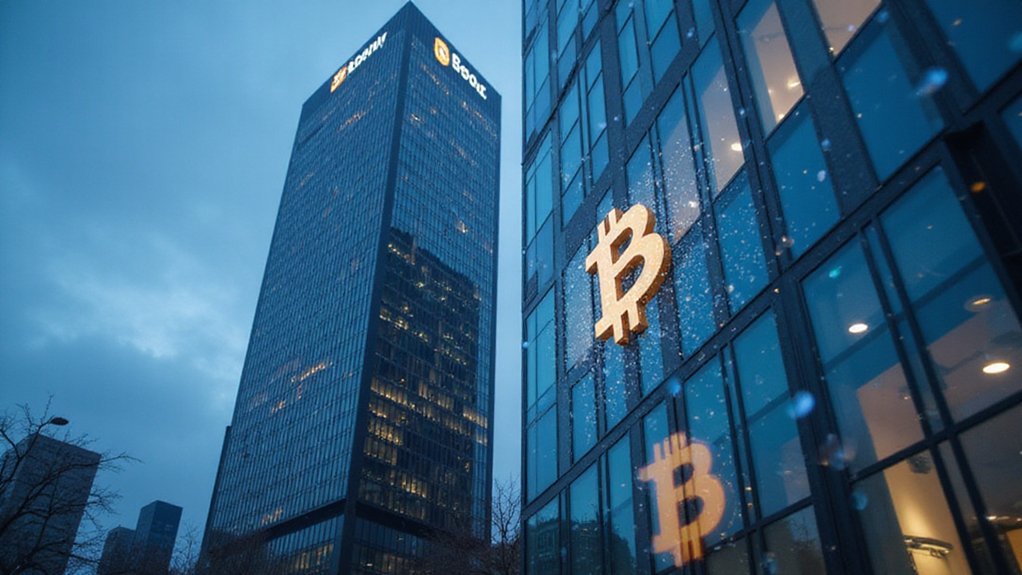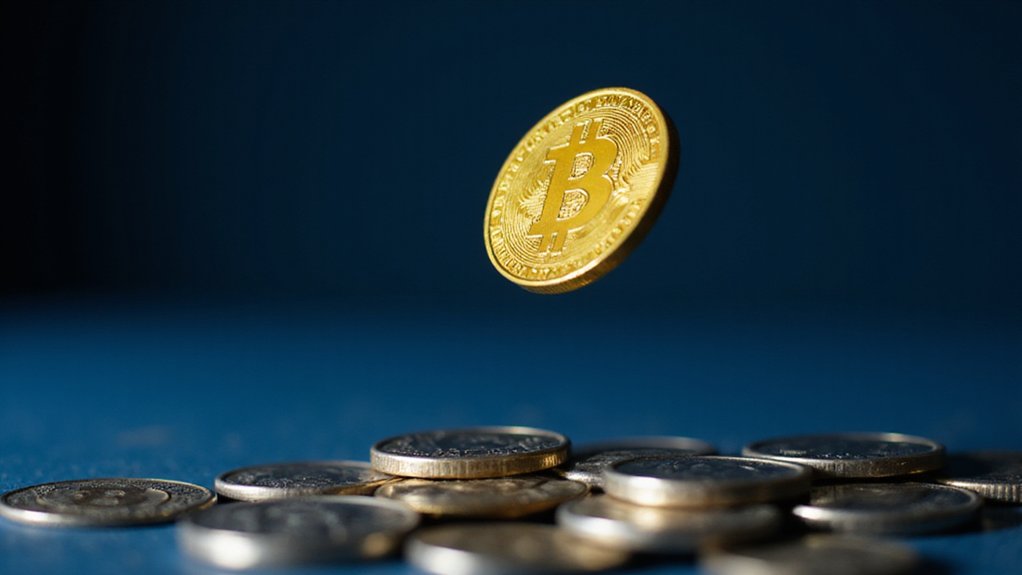While Bitcoin and Ethereum continue their relentless march toward institutional respectability—commanding market caps that would make small nations envious—a parallel universe of altcoins operates in the shadows, where technological innovation often outpaces market recognition by months or even years.
Consider Hyperliquid, whose 82.76% year-to-date performance suggests that layer-1 blockchains with advanced transaction capabilities aren’t merely academic exercises. The project’s $14.7 billion market capitalization indicates that investors recognize genuine utility when they encounter it, particularly when that utility involves solving actual problems rather than manufacturing solutions for nonexistent ones.
Real utility drives market recognition—Hyperliquid’s performance proves investors distinguish between genuine problem-solving and manufactured solutions.
Avalanche’s claim as the fastest smart contracts platform becomes particularly compelling when paired with its Solidity compatibility—a feature that allows developers to migrate existing Ethereum applications without rewriting code from scratch. The platform’s estimated 56.86% growth trajectory by 2025 reflects more than speculative enthusiasm; it demonstrates the market’s appreciation for infrastructure that combines speed with accessibility.
Perhaps most intriguing is Bitcoin Hyper’s audacious attempt to merge Bitcoin’s security architecture with Solana’s Virtual Machine, creating smart contract functionality on a Bitcoin-backed chain. This hybrid approach represents the kind of technological synthesis that distinguishes genuine innovation from mere marketing campaigns. Solana’s proof-of-history technology delivers 400 millisecond block times with transaction speeds reaching approximately 3,500 per second, demonstrating how advanced consensus mechanisms can revolutionize blockchain performance.
The privacy sector, meanwhile, continues generating returns that would embarrass traditional asset managers. Monero‘s 64.66% year-to-date growth underscores persistent demand for cryptographic anonymity—a reminder that not all blockchain users prioritize transparency over discretion. Ethereum’s dominance in smart contracts maintains its position with a commanding $307 billion market cap, reinforcing the network’s critical role in decentralized applications. Mantra’s extraordinary 92.71% performance demonstrates how DeFi platforms bridging traditional finance with blockchain technology continue attracting significant investor attention despite broader market volatility.
Technical indicators provide additional validation for these emerging opportunities. Key psychological levels ($270 for Solana, $604 for Binance Coin, $0.61 for Cardano) serve as pivotal points where market sentiment transforms from cautious optimism to genuine conviction.
Projects maintaining market capitalizations above $4 billion demonstrate sufficient liquidity and institutional interest to weather the inevitable volatility storms.
The criteria defining hidden gems remain consistent: real utility driving early demand, credible teams with demonstrable technological innovation, and integration with established blockchain standards. Environmental sustainability and cross-chain interoperability increasingly influence institutional adoption decisions, while regulatory clarity continues separating speculative experiments from legitimate investment opportunities.
These altcoins represent calculated bets on technological superiority eventually translating into market dominance—a proposition that history suggests happens more frequently than traditional finance textbooks might predict.





